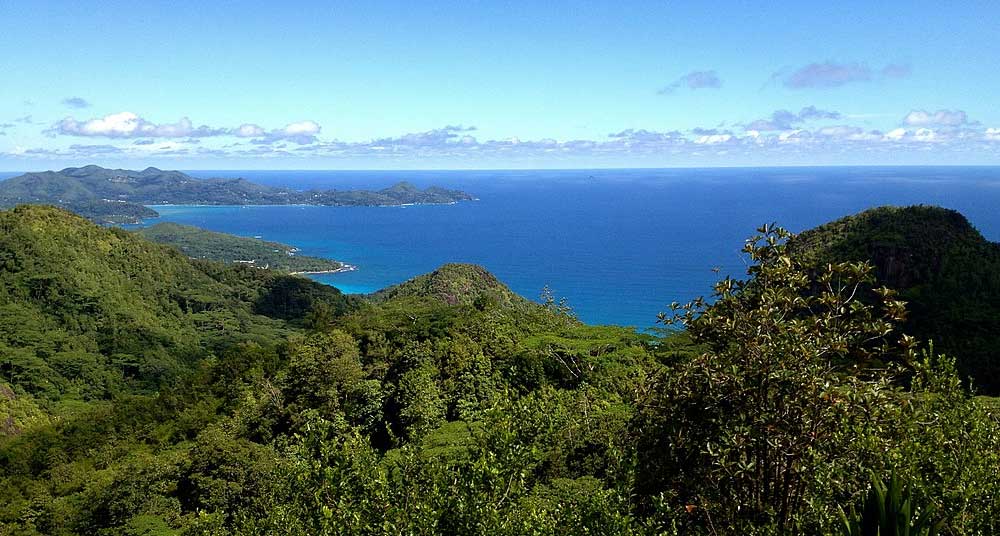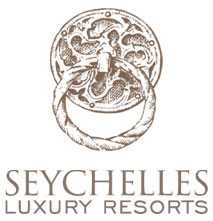Mission Lodge with ruins of Venn’s Town
Mission Lodge
The Mission Lodge is possibly Seychelles’ most famous vantage point, offering spectacular sea and mountain views looking southward across Mahé from the shaded and peaceful confines of a gazebo where Queen Elizabeth II once sat for tea.
Originally known as Venn’s Town, missionaries established a school there for liberated Africans who arrived in Seychelles after 1861. The ruins serve as a reminder of Seychelles’ role in the region’s campaign to eradicate the slave trade following the abolition of slavery in 1834.
It was also known as Capucin before it was renamed the Mission Lodge. The Missionary Society, increasingly aware of the unmet educational needs of freed slave children, began establishing a settlement in the mountains known as ‘Venn’s Town’ in 1875 and opened a boarding school for these children the following year in 1876, a project that lasted until the 1890s before being abandoned, according to information sourced from archived records.
The ruins, which became more widely accessible after the Sans Souci road was built in the 1970s, were at least partially excavated and restored by the Seychelles government in recent years, and a viewpoint offering one of Mahe’s grandest vistas was established, in preparation for the archipelago’s first cultural World Heritage Site, now known as ‘Mission Lodge.’
When Venn’s Town first opened its doors in 1876, it housed 37 children, 20 boys, and 17 girls. Carpentry, gardening, bible stories, and psalm-singing were among the skills taught to the children. Creole, French, and Kiswahili were the languages used in the classroom. Venn’s Town had three superintendents: William Bartlett Chancellor from 1876 to 1880, Henry Morris Warry from 1880 to 1885, and Edwin Lucock from 1885 to 1889.
A small cemetery was also located on a mound further down at the institution. It is the final resting place for the few African children who died of common illnesses like dysentery or diphtheria for which there was no cure or medication at the time. Among them are the two daughters of William Chancellor, who died in June 1879, and Edwin Lucock’s two-year-old son, who died in April 1888.
Marianne North, a well-known painter, and botanist painted some scenes of Mission Lodge in 1883; some of these paintings now hang on the walls of the State House Building, and the article can be found in an earlier post on this page.
The Mission Lodge today
On the actual site, very little remains, mostly brick walls of buildings and only the foundations of others. There is a beautiful viewing platform where HRM Queen Elizabeth II drank tea in 1972. It is only a 6-kilometer drive from the city center of Victoria, Seychelles’ capital.
Google Maps refers to this location as Mission Lodge and only marks it by the road. In reality, there is a small turn to the right and a large sign, so follow that to the parking spot. The area is clearly marked and labeled in both English and French.
Non-residents 12 and older have to pay $5.50 (SCR100) to access the site since October 15. Seychellois and foreign residents can enjoy the site for free.
Open daily from 9 a.m. to 5 p.m.
Hotels nearby the Mission Lodge
If you follow the Sans Souci Road to Port Glaud you find the Constance Ephelia Resort. Driving south the West Coast Road you get to the Anantara Maia Resort.
Media
Seychelles Luxury Resorts
Previous: Bel Air Cemetery | Next: Immaculate Conception Cathedral


